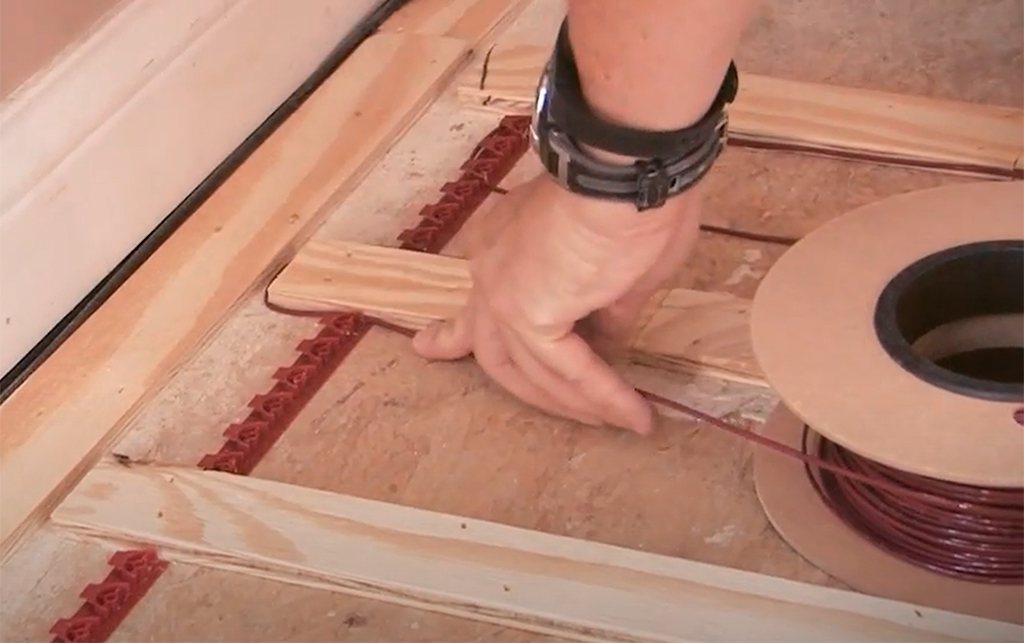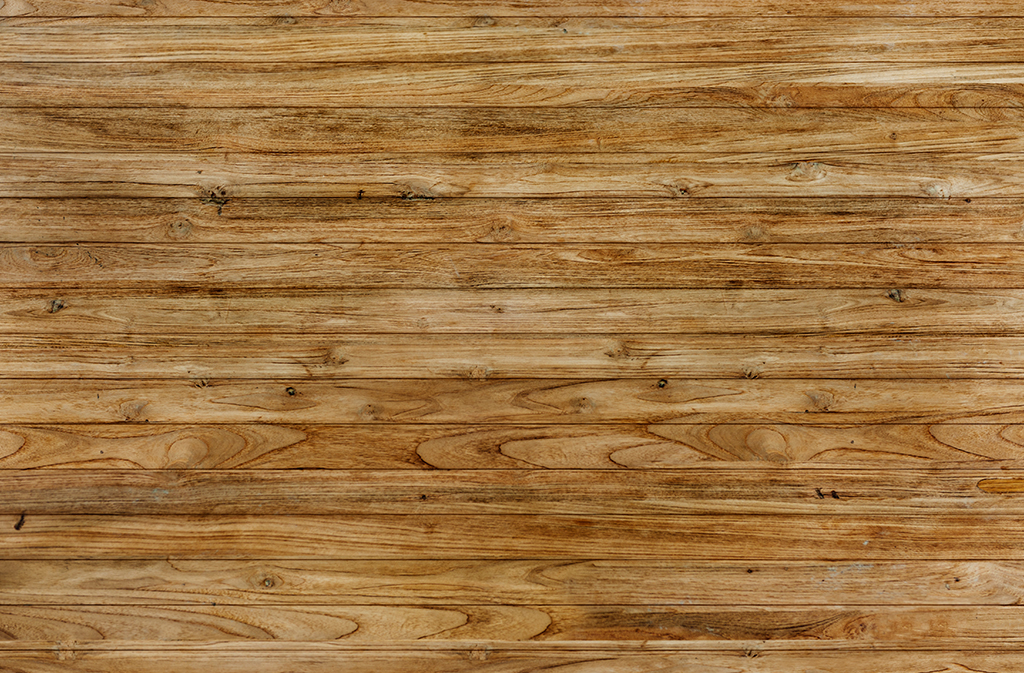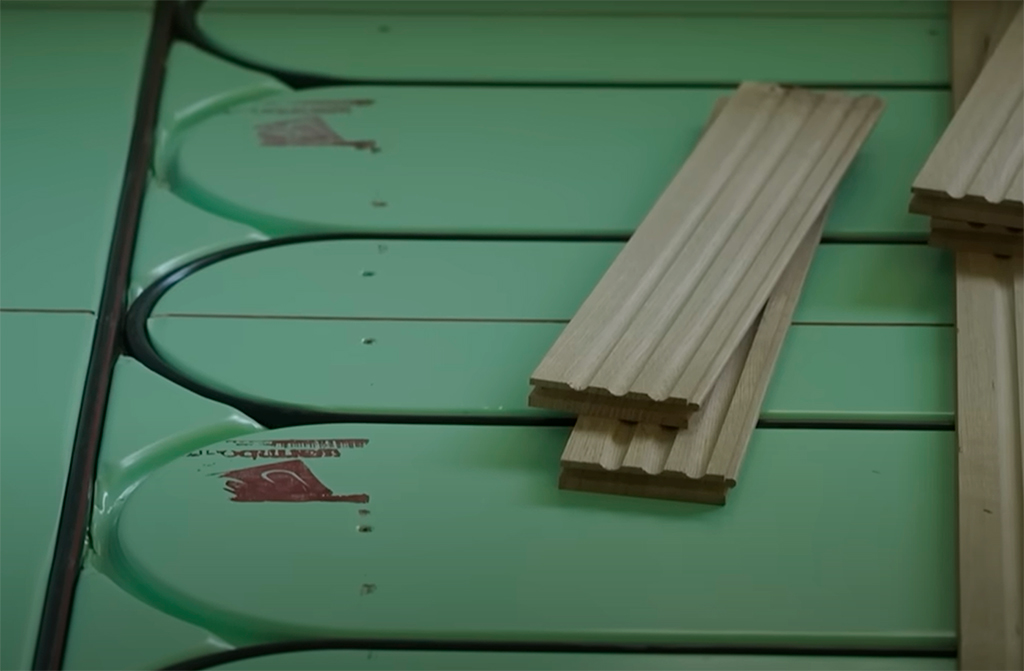Radiant floor heating systems warm up an interior space by transferring heat through the floor. These systems generate heat by placing electric heating cables or pipes filled with warm water beneath a floor surface. The warm air rises from the floor, heating the entire space. While many people fear that radiant heat will cause a wood floor to cup or warp, developments in heated floor technology now allow wood floors to be installed over radiant heat with confidence.
Hardwood flooring is a good choice for radiant heat systems because of its natural heat conductivity. It promotes effective heat transfer, producing continuous and comforting warmth throughout the space.
Challenges of installing wood floors over radiant heat
Depending on the kind of radiant heat you are using, the difficulty level will vary, but the main obstacle is ensuring the system is designed to generate the appropriate amount of heat for the selected flooring.
Knowing how the tubing is laid out is crucial when installing wood flooring to prevent punctures to the pipes when nailing is done. Installation over radiant heat is comparable to typical installations aside from these factors.

Radiant heat types
Radiant floor heating can be classified into two main types: electric and hydronic. In general, electric radiant heating is more expensive and less efficient than hydronic heating, so it is often limited to one or two rooms in the house.
Heating an entire home with hydronics, or hot water radiant, is a much more cost-effective method. The heating system for hot water is usually mounted in grids on top of the slab of concrete or subfloor. However, if you are constructing a new residence, the system can also be embedded into poured concrete.
Types of Wood Flooring
Wood flooring comes in many varieties that you can install over heated floors. These are arranged in order of stability, with the first being the least likely to be impacted by moisture content and the most dimensionally stable.
Laminated flooring: This item often features a plastic laminate surface that is glued to a plywood or pressed wood sub-board and is intended to look like real wood.
Engineered wood flooring: This floor is made up of multiple wood layers that are joined together at biased diagonals by the grain of the wood. Hardwood typically makes up the top finish layer.
Solid wood flooring:
There are many various types of wood, and they all respond to moisture content in different ways. The stability of the solid wood floor is also determined by the board’s width and cut.
a. American Cherry, American Walnut, Mesquite, Teak, Oak, and so on are more stable woods. b. Examples of less stable wood are Brazilian cherry, maple, etc. c. Compared to hard woods, softwoods are often less stable but are easier to hold in place mechanically. c. Compared to plain sawn wood flooring, quarter- or rift-sawn wood is more stable. Narrow planks (2 1/4″ or less) are advised for hardwood floors.
Steps to follow
To make it correct, a heating contractor needs to adhere to a few easy measures.
Low temperature:
As much as possible, keep the subfloor temperature low while the room is still heated. An outdoor reset control may be useful here. While temperature does not harm the wood, it does affect its moisture content. As the temperature
rises, the moisture content decreases. Heating the wood too much causes it to shrink and gaps to form between the boards. When the temperature is reduced, the moisture returns, and the gaps close.
Even Heat: Disperse the heat as equally as you can throughout the subfloor. Uneven heating of the floor can cause cupping of the boards, in addition to incorrect installation of the wood floor. The secret to preventing this issue is low, even temperature distribution.
Acclimate: Before installing wood, make sure the subfloor and the wood flooring have normalized or
acclimated to the completed space. The slab or subfloor needs to be dry.


